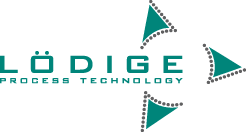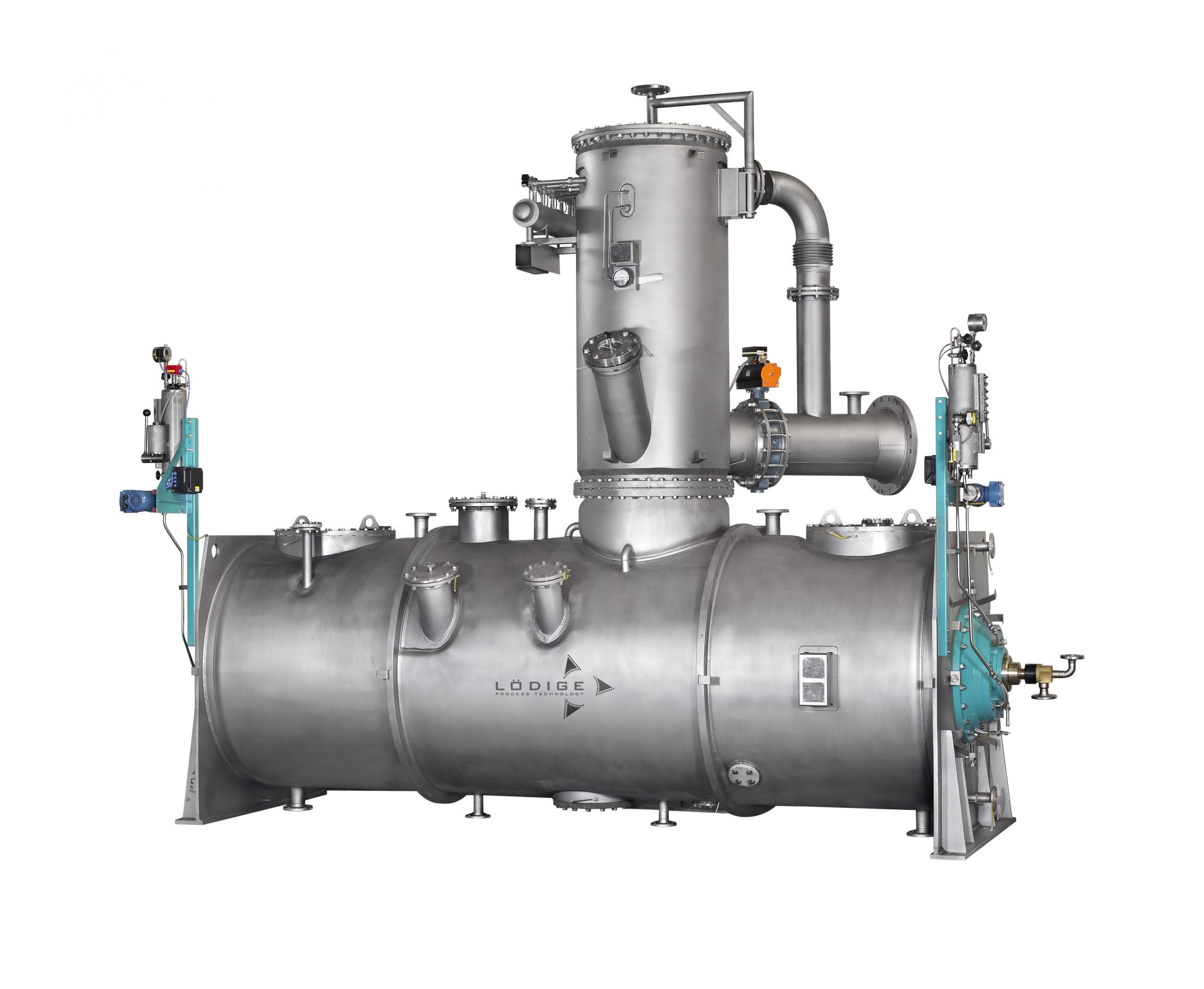In industrial production processes, chemical reactions are generally part of a multi-stage process chain comprising both the synthesis process itself and a number of processing steps before and after. The DRUVATHERM® Reactors of Lödige Process Technology make it possible to perform several of these steps after each other in the same machine.
One of the most important groups of chemical reactions are solid-liquid reactions. These often require bringing the solid or solids into intensive contact with liquid reacting agents to achieve quantitative conversion in the shortest time possible. In the following we will take a closer look at the alkalisation of cocoa.
Alkalisation of cocoa
Untreated cocoa is rather acid. It has a pH value between 5 and 5.5. For this reason, nearly 200 years ago Coenraad van Houten from the Netherlands developed a process that reduces the acidity of cocoa, called “Dutching” or alkalisation. In this process, cocoa paste is treated with an alkaline solution. Typically, alkali metal hydroxides or carbonates are used for this purpose. Alkalising cocoa with this method gives it a milder taste and a different colour than the untreated raw product. Red or black cocoa can be produced by the systematic selection of process conditions.
Particularly black cocoa, that gives biscuits and other baked goods an intense dark colour, has grown in popularity. To achieve the dark coloration, the reaction often requires pressure and temperatures that are significantly higher than for the conventional Dutching process, i.e. a process pressure of 5 bar and 150°C.
In a subsequent step following alkalisation, the cocoa powder must be dried to achieve a moisture content of less than 5 %. This drying process is performed quickly and gently under vacuum. Both processes – reaction and drying – can be performed under ideal conditions in Lödige DRUVATHERM® Reactors.
Reaction and drying in a single machine
The Lödige Reactors and Dryers are characterised by special mixing elements installed in a cylindrical drum with a heating jacket. The mixing elements stir the reaction material continuously. This ensures that the individual particles frequently come into contact with the hot vessel wall, optimising the heat transfer and reducing heating times.
Rapidly rotating choppers installed on the sides of the horizontal mixing vessel prevent clumping or similar agglomeration during the alkalisation reaction.
Immediately after the chemical reaction with the alkaline reacting agents, the cocoa can be dried in the same machine. For this purpose, the gauge pressure is released and a vacuum is applied instead.
Intense mixing of the cocoa powder ensures quick, even drying. The previously mentioned choppers are also active during drying, preventing large agglomerates from forming and trapping moisture inside.
The fact that reaction and drying can be performed in a single machine has several advantages for the customer. First of all, it saves time, as no discharge, in-house transport or refilling are required between steps. Secondly, the DRUVAHTERM® Reactor requires less space than two separate units for reaction and drying











